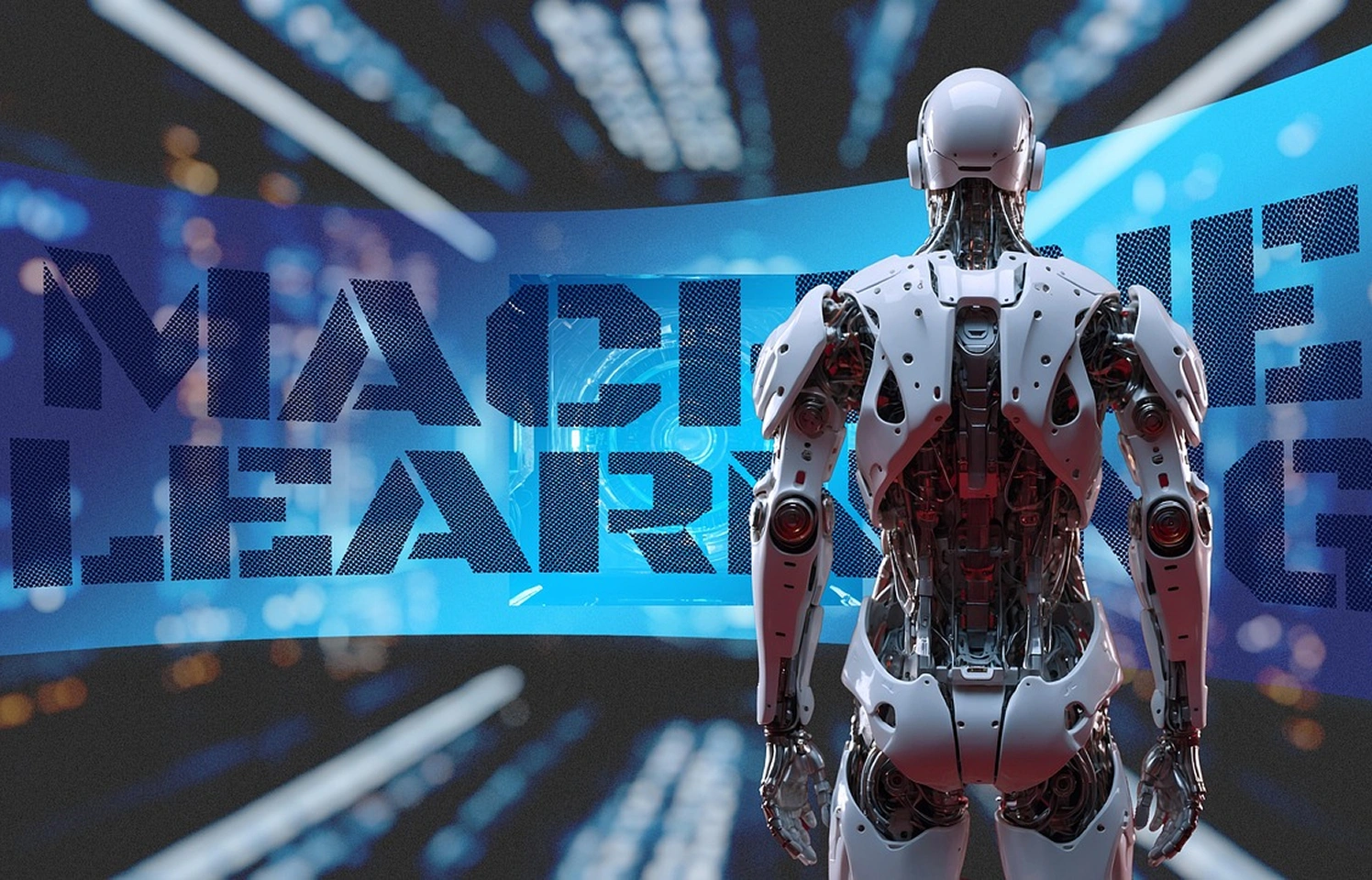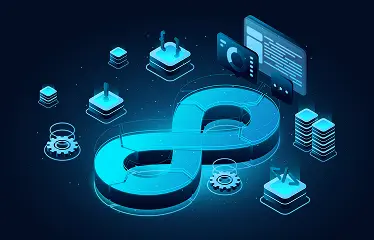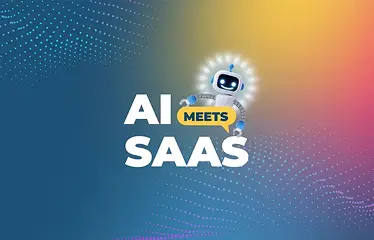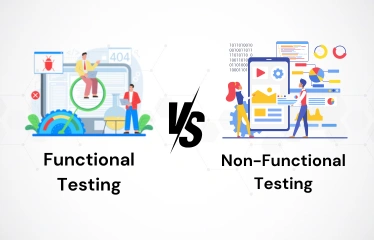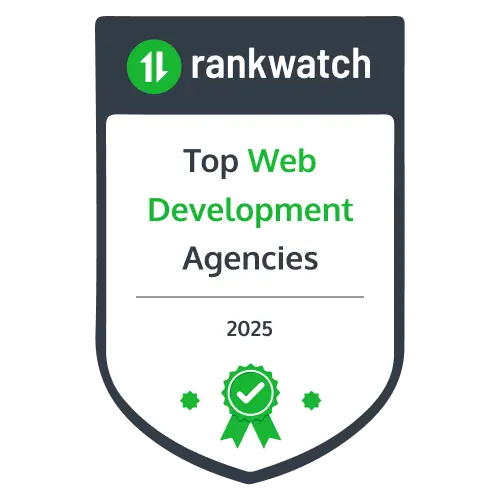By: Nilesh Jain
|
Published on: June 6, 2025
For companies building software today, speed alone isn’t enough. It has to come with stability, scalability, and quality checks that don’t slow you down. Cloud-native development has fundamentally shifted how software is built and that shift demands a new QA strategy.
As engineering teams move toward microservices, Kubernetes, containers, and automated pipelines, the traditional QA model starts to break. You can’t test a modern cloud-native app the same way you tested a monolith five years ago.
At Vervali, we’ve worked with dozens of teams adapting to this transition helping them bring their QA process in line with the pace of delivery. Let’s walk through what’s changing, what QA looks like in this new model, and how to make it work for your team.
What’s Different About Cloud-Native Architecture?
Cloud-native architecture is all about modular, scalable components typically microservices and containers. Applications are no longer a single codebase. They’re broken down into smaller units that can be developed, deployed, and scaled independently.
This model offers greater flexibility and speed, but introduces new QA challenges:
-
More frequent deployments mean more chances to introduce bugs.
-
Interdependent microservices increase the risk of integration issues.
-
Kubernetes and container orchestration add operational complexity.
Traditional QA methods, which assume a slow and centralized release process, struggle in this environment.
Why Microservices Testing Isn’t Just Unit Testing
Microservices don't fail individually they fail in how they connect. Testing each service in isolation is only part of the equation. The real challenge lies in integration.
Here’s what microservices QA typically involves:
-
Unit tests for core functionality within each service.
-
Contract testing to ensure that APIs between services follow expected schemas.
-
End-to-end testing to validate how services interact and respond under real-world flows.
Need help setting up microservices testing workflows?
At Vervali, we build API mocking, service virtualization, and test harnesses that support parallel testing of multiple services across your stack.
Continuous Testing and Shift-Left QA
In the cloud-native model, testing isn’t something that happens after development. It’s integrated from the start. This approach called Shift-Left QA involves writing and running tests early in the development cycle.
With continuous testing, every new code commit is tested automatically through your CI/CD pipelines. That includes:
The faster you test, the faster you release with confidence.
Struggling with late-stage bugs or unreliable pipelines?
Kubernetes Testing in Realistic Environments
Kubernetes changes how software runs and that means it changes how QA works too.
Cloud-native systems running on Kubernetes need tests that account for:
-
Auto-scaling under load
-
Restart and recovery of pods
-
Resource constraints and quotas
-
Network latency and pod-to-pod communication
Test Automation in Cloud-Native Systems
Manual QA isn’t practical when you’re deploying multiple times a day. You need fast, reliable test suites that integrate directly with your build pipelines.
That’s why test automation is critical. But automation in the cloud isn’t just about writing test scripts it’s about executing them in scalable, containerized environments.
At Vervali, we use tools like:
-
Cypress and Selenium for UI tests
-
Postman and JMeter for load and API testing
-
Docker containers for isolated test runs
-
GitHub Actions or Jenkins for pipeline integration
All of this is designed to work at scale, so your QA process grows with your engineering team.
Scalable QA Practices That Actually Work
Tools don’t solve QA problems processes do. Our scalable QA frameworks focus on four key principles:
-
Environment Parity: Test environments that match production conditions.
-
Smart Prioritization: Running the most critical test cases early.
-
Observability: Logging, metrics, and alerting built into test pipelines.
-
Test Data Management: Auto-generated, realistic test data that resets every run.
QA and DevOps: A Unified Workflow
Cloud-native development thrives on DevOps culture and QA must be part of that loop.
This means:
At Vervali, our QA engineers work alongside DevOps to create end-to-end visibility. We help teams shift from reactive QA to proactive quality engineering.
Ready to Scale QA for Your Cloud-Native Product?
You’ve already made the shift to containers, microservices, and fast releases. Now it’s time to bring QA up to speed.
We help SaaS teams, product companies, and enterprises build test strategies that are fast, automated, and scalable. Let’s build a future-ready QA setup for your cloud-native product. Schedule a free consultation with Vervali.
Frequently Asked Questions (FAQs)
It’s a quality assurance approach designed to test modular, container-based software built with microservices, CI/CD, and DevOps workflows.
Microservices need to be tested for both independent behavior and cross-service interactions, unlike monoliths.
It means starting QA early during development, not after so bugs are caught earlier and fixed faster.
By creating dynamic environments that simulate real conditions scaling, crashing, restarting, and load balancing.
Because frequent releases require fast, reliable tests that can run without human intervention.
Tools like Selenium, Cypress, JMeter, Postman, Jenkins, Docker, and Kubernetes are commonly used.
Yes for exploratory, usability, and edge-case testing. However, automation should cover the bulk of regression and integration tests.


















